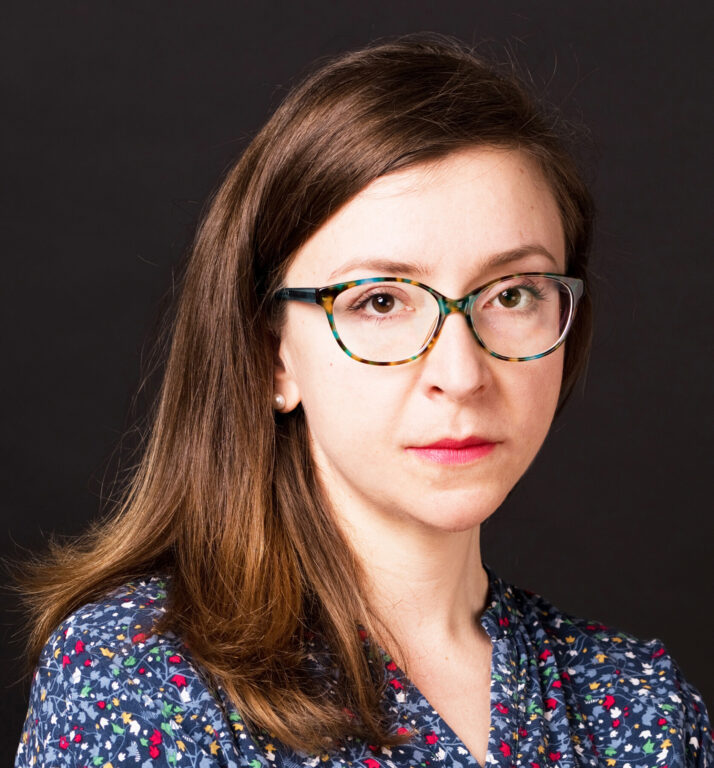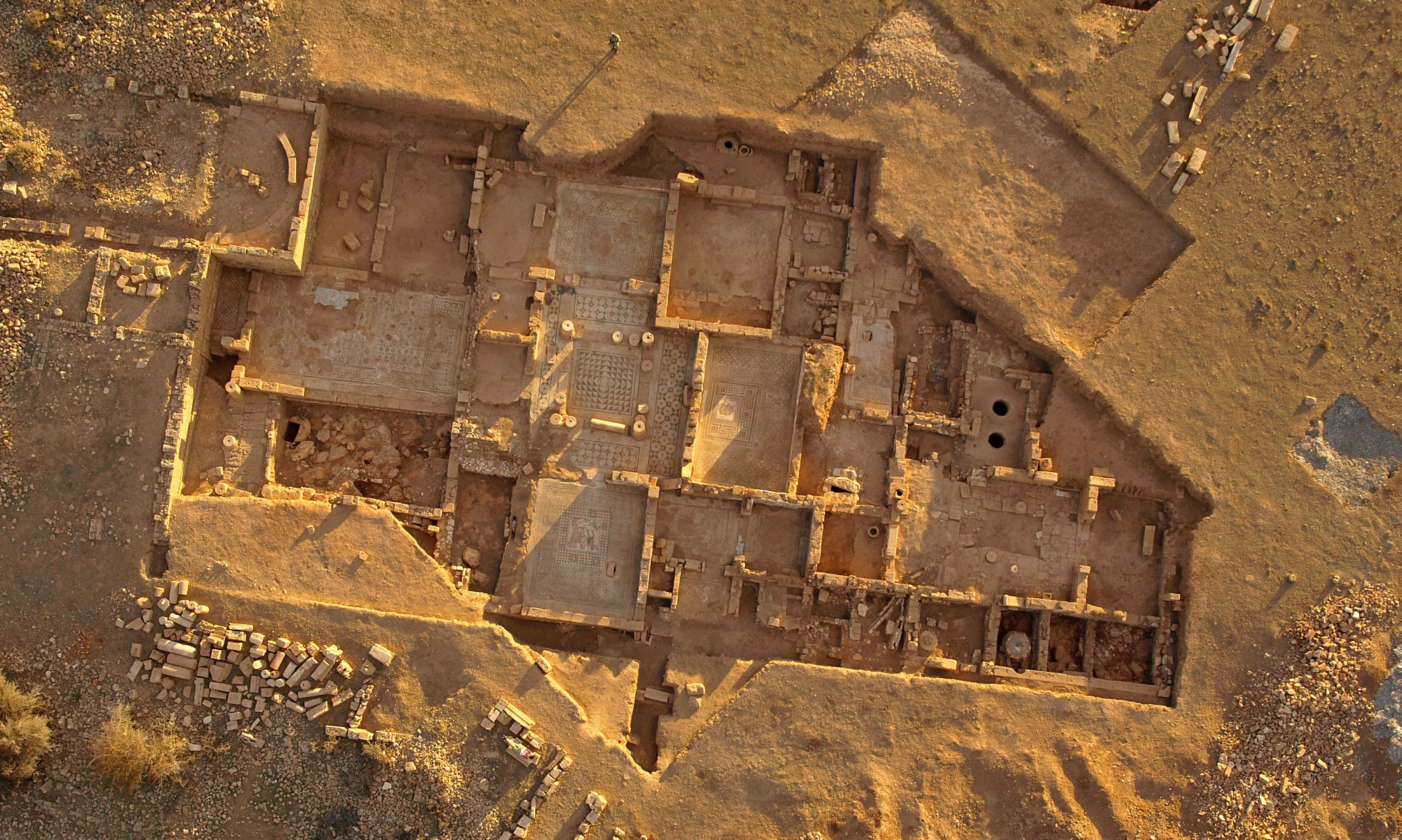![]() This year’s edition will focus on Polish archaeological research not only in Egypt and Sudan, but also in Ethiopia and Tanzania.
This year’s edition will focus on Polish archaeological research not only in Egypt and Sudan, but also in Ethiopia and Tanzania.
Continue reading “Conference “Poles on the Nile” 2024–2025”
Lecture: “Life after The Ice. Palaeoecological context of the post-glacial human settlements in SW Germany”
![]() Dear Colleagues,
Dear Colleagues,
We warmly invite you to a lecture that will take place on Monday, May 26, 2025, at 9:45 AM in room 2.06. Dr. Elisa Luzi from the University of Tübingen will give a talk titled: “Life after The Ice. Palaeoecological context of the post-glacial human settlements in SW Germany”.
„Women’s Perspectives in the Nile Valley” conference
![]() Dear Colleagues,
Dear Colleagues,
on behalf of the Organising Committee of the conference “Women’s Perspectives in the Nile Valley”, I am delighted to announce that the programme and the book of abstracts are now available online: https://www.
Continue reading “„Women’s Perspectives in the Nile Valley” conference”
Monday Seminars
![]() Dear Colleagues,
Dear Colleagues,
You are warmly invited to attend two guest lectures that will take place this coming Monday, 12 May 2025.
The first lecture will be held at 9:45 AM in room 2.06.
Dr. Mario Mata-Gonzalez from the Max Planck Institute in Jena and the University of Malta will present:
“Did anything change? A zooarchaeological history of the Middle & Upper Paleolithic occupations at Ghar-e Boof, southern Zagros”
The second lecture will be held at 3:00 PM in room 2.07.
Dr. Ivan Rey Rodriguez from the University of Vigo will present:
“Small mammals and their role in Archaeology, from Central Asia to the Caucasus”
Further details can be found in the attached documents.
Both lectures are part of our departmental seminar series, but are open to all interested participants.
We kindly ask you to share this information with any students who may be interested in attending.
With best regards,
Małgorzata Kot
Claudio Berto
Winnicka Kinga

Dr. Kinga Winnicka
Department of Aegean and Textile Archaeology
e-mail:
k.winnicka4@uw.edu.pl
phone:
+48 22 55 22 814
office hours:
remotely, by prior email appointment
scientific interests:
– Neolithic and Bronze Age, particularly the transition between the periods
– archaeometry, mainly imaging methods (microscopy, SEM, microtomography)
– traceology – studies of micro-traces and organic or mineral residues on artefacts
– cross-craft interactions
– funerary archaeology
current scientific projects:
Exploring Textile Imprints on Clay from the 3rd and the 2nd Millennia BCE: Advancing Cutting-Edge Research and Documentation Protocols with Case Studies of Diverse Textile Consumption Contexts (ExplorTIC), 2024-2027, SONATA BIS 13 of the National Science Centre in Poland, led by prof. dr hab. A. Ulanowska, 2023/50/E/HS3/00094 (postdoc)
main research projects (completed):
Significance of personal objects made of bone materials in the Epi-Corded Ware cultures of the Early Bronze Age based on selected imaging and analytical methods, 2018–2021, PRELUDIUM 13 of the National Science Centre in Poland, 2017/25/HS3/02097
Early Bronze Age objects of personal use made of bone: their materiality and meaning (2018–2020), stay at the Zooarchaeology Laboratory, University of Sheffield, UK, 2019–2020, ETIUDA 6 of the National Science Centre in Poland, 2018/28/T/HS3/00354
Microanalyses of artefacts made from hard animal raw materials: manufacture, use and meaning of dress elements at the turn of the Neolithic and Early Bronze Age, stay at the Laboratory for Artefact Studies, Leiden University, Netherlands, Mobility Plus (4th edition) of the Ministry of Science and Higher Education in Poland, 1276/MOB/IV/2015/0
Manufacture, use and symbolic meaning of the Mierzanowice culture bone personal adornments in the light of technological and microscopic data, 2013–2015, Diamond Grant (2nd edition) of the Ministry of Science and Higher Education in Poland, 0113/DIA/2013/42
online:
ORCID: https://orcid.org/0000-0002-7152-0455
https://www.ResearchGate.net/profile/Kinga_Winnicka
https://uw.Academia.edu/KingaWinnicka
https://www.LinkedIn.com/in/KMWinnicka
Stempak Natalia
Natalia Stempak, MA
ERC grant support
e-mail:
n.stempak@uw.edu.pl
room:
2.15, 1st floor
interests:
– international cooperation
– knowledge transfer
– R&D
Seminarium: Normandia i Francja – narodziny księstwa, kultura materialna, tożsamości
This seminar brings together two leading scholars from the University of Caen to explore the formative period of the Norman duchy and the material culture of early medieval France.
Egypt & Nubia Seminars
Dear Madam, Dear Sir,
As part of the seminar ‘Archaeology of Egypt and Nubia’, held at the Department of Archaeology of Egypt and Nubia, Faculty of Archaeology, University of Warsaw, Dr. Alistair F. Dickey (University of Liverpool)
Pilot round of token registrations in the USOSweb system
![]() Dear Students,
Dear Students,
from 22 April 2025 all token registrations will be available only in the USOSweb system. The USOS UL system at https://rejestracja.usos.uw.edu.pl/ has already been deactivated.
The address of the token registration in the USOSweb system: https://usosweb.uw.edu.pl/.
Continue reading “Pilot round of token registrations in the USOSweb system”
6th Scientific Conference of the Faculty of Archaeology, University of Warsaw “The Past Has a Future!”
![]() Dear Sir/Madam, Dear Colleagues,
Dear Sir/Madam, Dear Colleagues,
We invite you to participate in the 6th Scientific Conference of the Faculty of Archaeology, University of Warsaw, „Przeszłość ma przyszłość! / The Past has a Future!”, which will take place from 31 March to 4 April 2025 at the Faculty of Archaeology.

